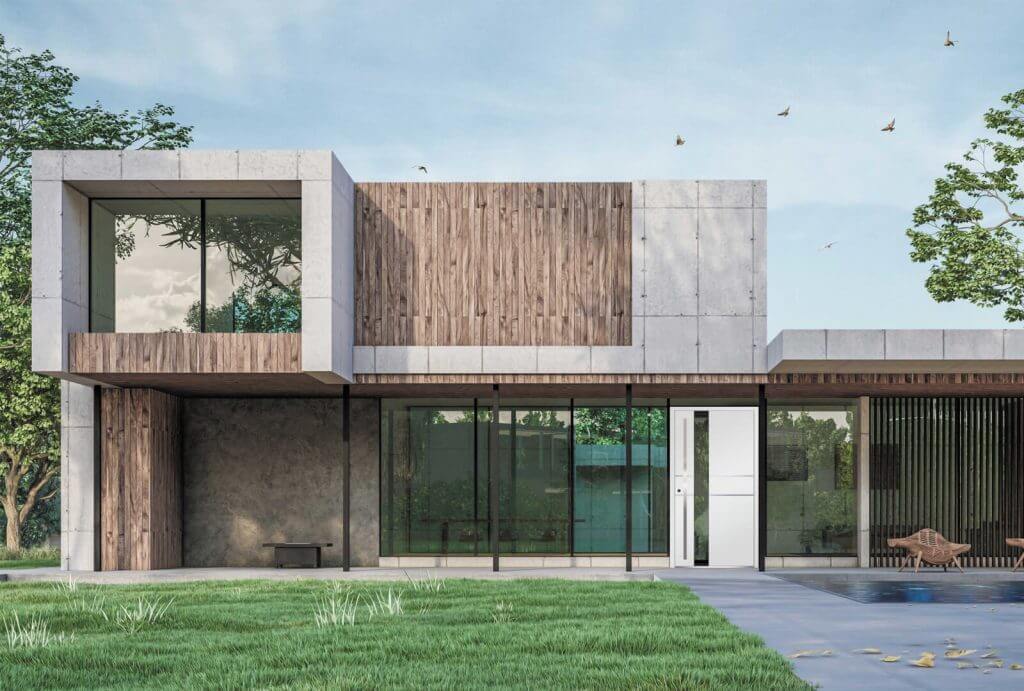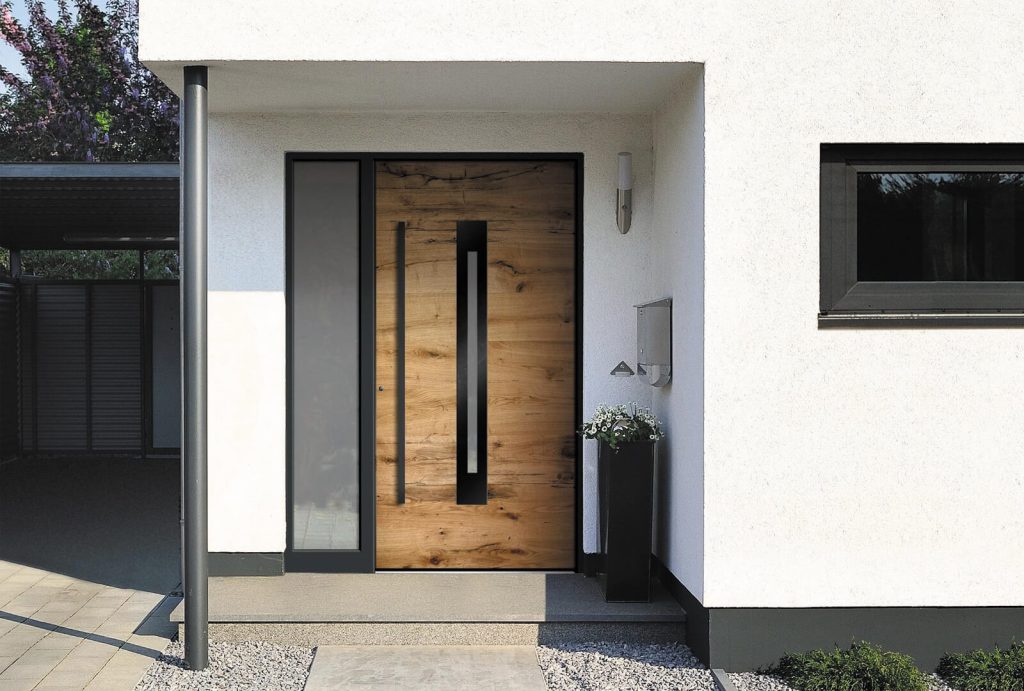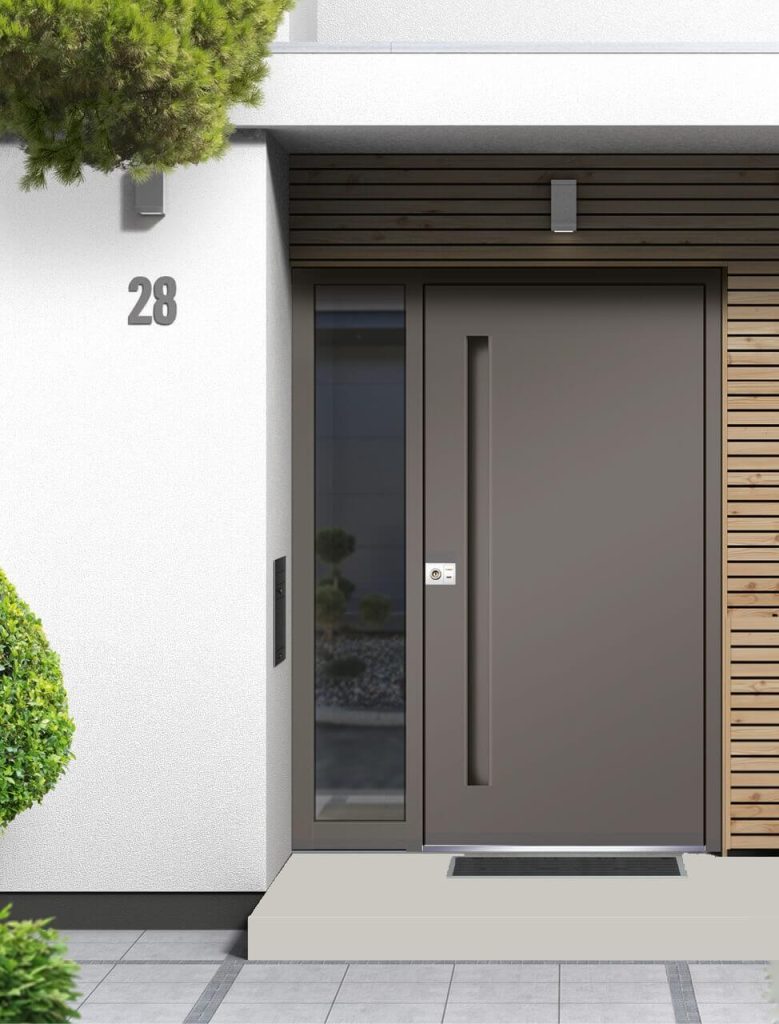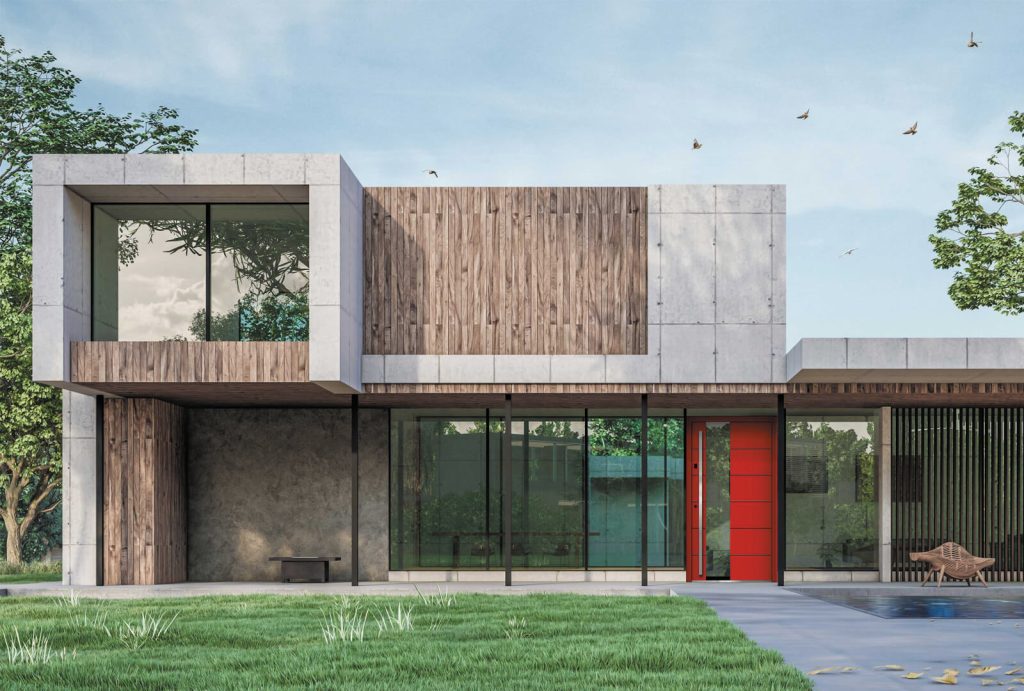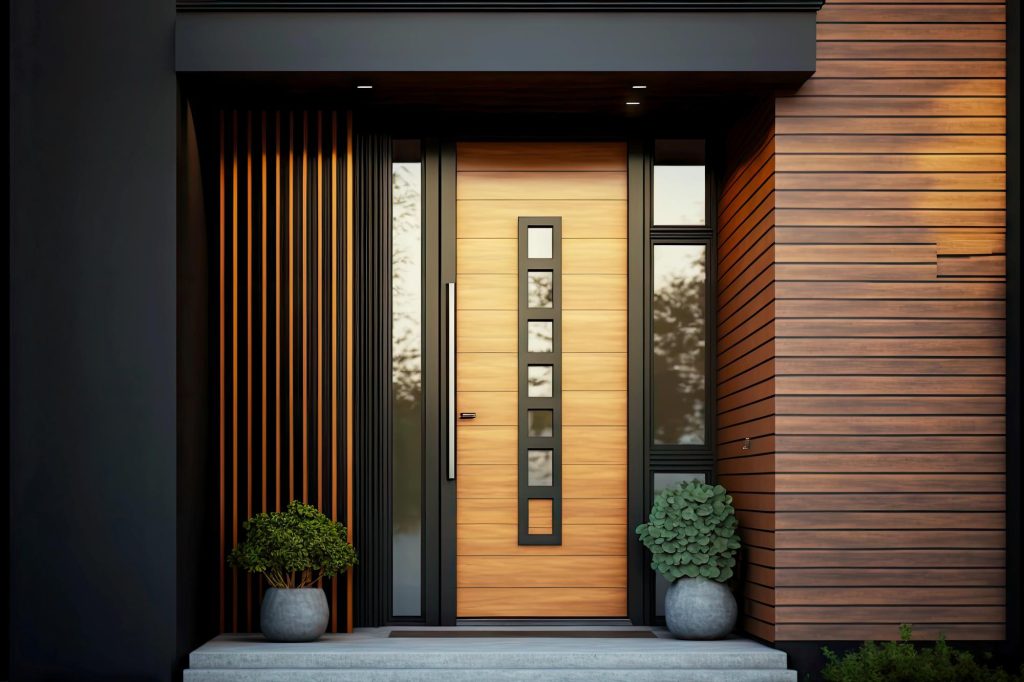Aluminum
Durability and Strength: Aluminum is renowned for its excellent corrosion resistance, making doors made from this material durable and weather-resistant. This is crucial as it means aluminum doors will maintain their properties for an extended period.
Aesthetics and Design: Aluminum doors offer a wide range of stylistic possibilities, allowing for adaptation to various architectural styles. The flexibility of shaping aluminum enables the creation of both modern, minimalist designs and more classical patterns.
Weather Resistance: Aluminum is resistant to snow, rain, hail, and sunlight. It does not deteriorate or deform in challenging weather conditions, making it an ideal material for entrance doors.

